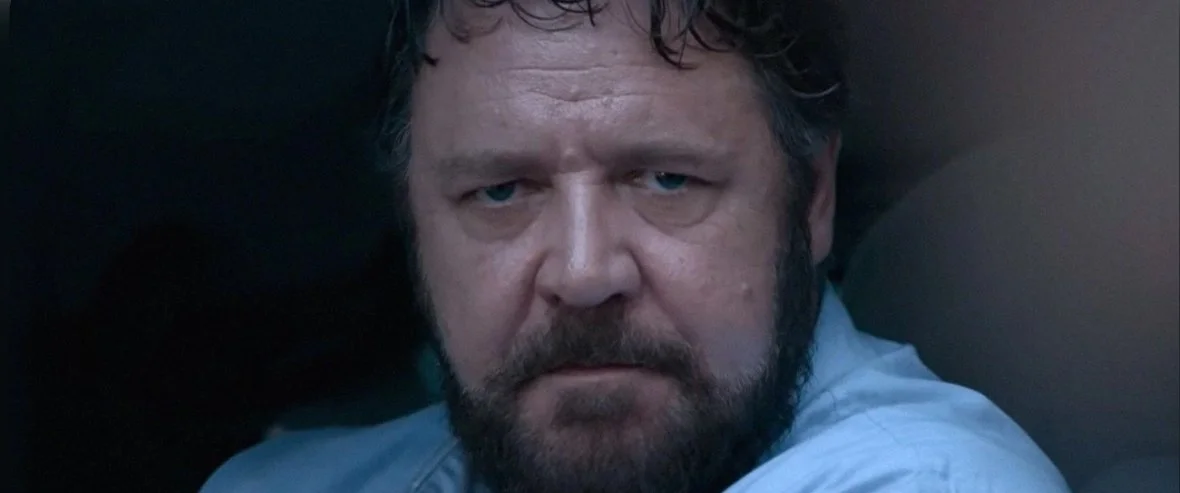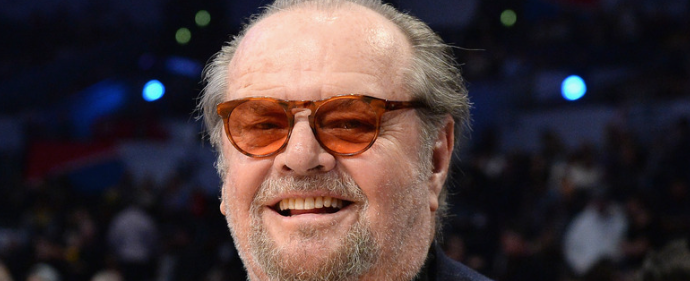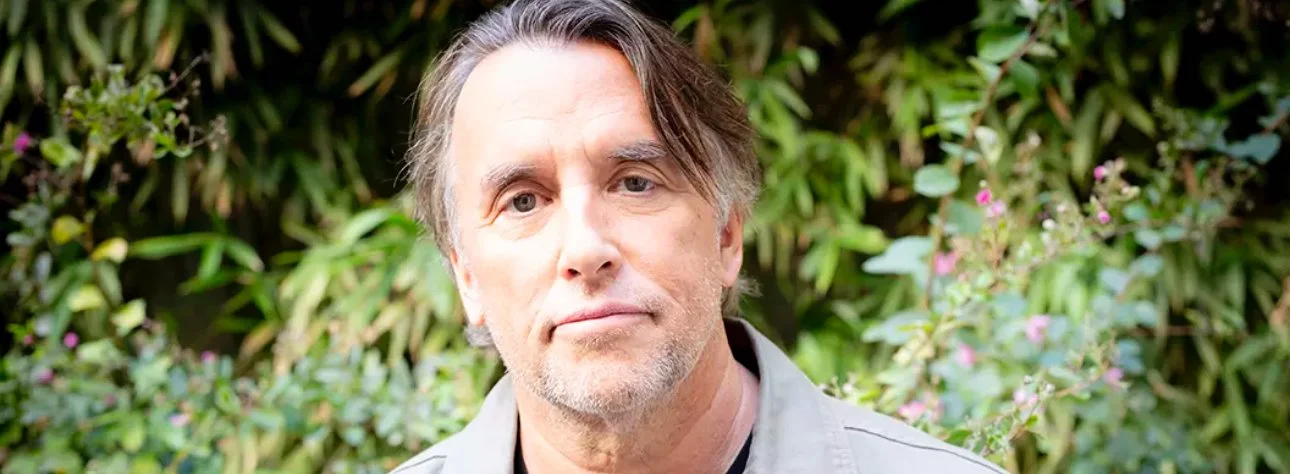This was the richest decade yet for non-fiction film. As technology further advanced itself into unpredictable and shape-shifting ways, so did the doc form. We now seem to be part of a generation that records just about everything, which has given documentary filmmakers worldwide a treasure trove of creative freedom to mold and shape storytelling narratives through the footage taken. And yet, that didn’t scare some directors from completely inserting themselves into their narratives. Films by Kirsten Johnson, Jafar Panahi and Laurie Anderson were as much about the artist directing as the topic being tackled.
1) “OJ: Made in America”
There was no better movie in 2016 and there was no better doc this decade. Thank Ezra Edelman’s “O.J. Made in America.” Almost no documentary has come close to the gripping, assaultive nature of this 464-minute masterpiece. More engrossing than the FX American Crime Story” series, which, by the way, was grippingly watchable, Edelman’s doc meticulously fleshed out a monstrous story of class and racial warfare in America. The fact that this epic split its screen time between the heated Rodney King riots which were happening in Los Angeles at the time and O.J. Simpson’s infamous murder case was a creative decision of sheer genius and, as it turns out, the definitive way to tell the layered and complex story of how Simpson’s case split America’s racial divide. Director Edelman, whose only other work as a director came from ESPN sports doc, did have one hell of a story to tell. The result was a film that was all at once historic, meticulous, thematically compelling and deeply humane. This was a masterwork of scholarship, journalism and cinematic art.
2) “This Is Not A Film”
Whilst under house arrest in Iran, where he is not allowed to make any movies for the next 20 years, director Jafar Panahi shot “This Is Not a Film.” The director got a friend to sneak the roll of film out of his home as it was jammed inside a loaf of bread. And yet, the backstory isn’t even as enthralling as the film itself, the most personal film of Panahi’s impressive career. Shot in his apartment, Panahi watches and analyzes his own movies on DVD, describes scenes from unfinished or unfilmed works, and plays with his pet iguana, all while kept on house arrest via an ankle bracelet forced upon him by his government. The Iranian government’s attempt to shut down Panahi’s art didn’t work; in fact it only energized his immaculate imagination. “This is Not a Film” is exactly that, a meditation on cinema, shot in a single location and made up of brilliant long takes, which show how even suppression can lead to indistinguishably beautiful art. The title is, of course, sarcastic, but the message is clear: Panahi’s art won’t be stifled or shut down — in fact, it can actually blossom into something vital, original and groundbreaking.
3) “Faces Places”
Far-removed from her Nouvelle Vague heydays, Agnès Varda teams up with the celebrated photographer J.R. and heads on a road trip through a rural France that is rarely depicted onscreen. JR, a street artist well-known for his photography on random French murals, decides to take Varda on a trip to meet the blue-collar. It’s not just the beautiful art, which focuses on the forgotten, that strikes a major chord with us, it’s also the loose, freewheeling conversations between both artists, and the populace of the streets, corners, farms they visit. The timeless themes touched upon range from the jobs, families, philosophies, and histories of these beautifully complex people. There’s no politics, just life itself. It’s a disarmingly charming film that’s impossible not to like, spryly light on its feet and “Faces Places” even has time to include a final, touching coda involving Jean-Luc Godard and the friendship, or lack thereof, that he and Agnes have had over the course of 60 years of cinematic history. At 89 years of age, Varda doesn’t seem to want to stop. She releases these non-fiction treats every few years and puts to shame most of the auteurs that are supposed to be at the peak of their careers.
4) “The Act of Killing”
The plot is revolutionary in itself, a concept Kiarostami only dreams of. “The Act of Killing” is about a bunch of gangsters (or as they call themselves “free-men”) re-creating the killings against the “communists” in 1965-66 after the military coup in Indonesia. These killings (which were partially the ethnic cleansing of the Chinese) took the lives of possibly several million Indonesian people. The killers in this movie boast about having killed at least a thousand. They are given free rein to stage the torture sessions and murders as if they were in their favorite movies, be they westerns, gangster movies, etc. The horror of this movie is not that it shows us a dark part of humanity’s history removed from us in time and space. What scared me so is that it allows us a glimpse – and a very personal one at that – into what it is like to be a person killing others for ideological reasons (or often for no reason at all) without questioning themselves. Because it is clear that these people did not question, not until this movie at least. It explains so much of the horror committed in our world. But the movie goes further than this. It not only shows us, but staging these scenes allows the “actors” to see themselves, if only a little. Hegel’s remark that evil can also reside in the very gaze that perceives the world around it as permeated by evil comes to mind, and on so many levels. What is evil? What role does the gaze play in it? Only one thing remains clear to me: we all need to ask ourselves these questions. This film should be made mandatory in high school in my opinion.
5) “Exit From the Gift Shop”
Graffiti has polarized many people in the modern art world, which is why “Exit Through Gift Shop” is so much fun to dissect. From the moment its elusive street artist subject, Banksy, appears on camera, the old adage of trust none of what you hear and even less of what you see should apply. With face, voice and identity hidden by shadow and distortion, Banksy decides to immerse us inside a rabbit hole of contradictory fact and fiction (think Orson Welles’s 1974 landmark doc “F for Fake”) as a blend of talking heads and grainy video footage takes over the screen. ‘Exit’ follows Thierry Guetta, an L.A-based Frenchman whose interest in shooting street artists led him to mysterious Banksy himself – or so we think. As the film goes along, it turns into a satirical stab of the art world and its narcissistically shallow participants. Risky and rebellious in its execution, ‘Exit’ may take more than one viewing to be fully comprehended, but, much like the other docs on this list, it reimagines what non-fiction can be like.
6) “Cameraperson”
Much like the many selections on this list, Kirsten Johnson’s highly personal amalgam of experiences depicted in “Cameraperson” is hard-to-describe personal cinema. Made up of scenes from her time as a director of photography, the film’s technical prowess is second to none. Many of the incredible moments Johnson caught over the years seem to have been snatched up during physically demanding on-set tenures, so much so that there is a commendable authenticity about her work ethic which manages to seep through every deliberately picked and edited sequence. Nothing is out of bounds in Johnson’s world as she even finds beauty in the mundane. It’s a complex portrait of an artist trying to mold together her past and present works into a contingent and unforgettable whole.
7) “Amy”
“Amy” is virtually the first of its kind, a tragic examination of the late singer’s life, composed entirely of footage shot by Amy and her friends and directed and assembled with immeasurable passion by Asif Kapadia. The late 27-year-old singer/songwriter was an unmatched talent but tormented by the most torturous inner demons imaginable. Kapadia’s film exemplifies the next evolution in documentary, one in which each key milestone of life is recorded with phone or camcorder by the subject herself, and then this wealth of first-hand material is shaped by a talented director into a touching portrait. Kapadia doesn’t show talking heads as they’re being interviewed; instead, he lets us listen to the interviewee while Amy’s personal footage plays in counterpoint onscreen. Don’t be surprised if we get more of these kinds of documentaries in the years to come, as we seem to be part of a generation that wants everything recorded and instantly mementoed. In fact, two other films on this list have used the same approach. “Amy” is also the closest we’ve gotten to understanding not just her genius as an artist, but, also, the inner demons which always lurked around in her head.
8) “Heart of a Dog”
“Heart of a Dog” is Laurie Anderson’s ode to life, which to tell you the truth results in a much more absorbed and pondered contemplation than most film-makers would care to deliver. Anderson is the definiton of an artist, always pushing boundaries and always looking for different ways of expression. Here she uses all kinds of modern media to create something wholly original: a meditation on life and death that is meant to relax and open up your thoughts. The project started out as memories and thoughts about her rat terrier Lola Bell and her mother, both of whom passed away rather recently. Then her husband, the rock musician Lou Reed, died as well, pushing Anderson further down the spiritual path of healing, which then explains why the topic of death seems a very natural one for, not only her, but the film she decides to make. This almost unexplainable film also needed the soothing sound of Anderson’s very soft singsong voice to narrate this tremendous achievement. Her narration is so important to the surroundings that the film would quite simply just not work if she hadn’t lent her voice to it.
9) “Weiner”
My jaw dropped more than a few times while watching Josh Kriegman and Elyse Steinberg’s Weiner, a behind-the-scenes account of Anthony Weiner’s rise and fall. The film is an examination of how this New York congressman, a front-runner for mayor of NYC, single-handedly shot himself in the foot and got involved in a sex scandal of the highest proportions, by getting caught not only once, but a few times, thus sabotaging a perfectly constructed campaign by his team. It is not only a story about the times we live in, but a scathing depiction of the media and today’s political landscape.
10) “Searching For Sugar Man”
How about we end things with a feel-good movie? Malik Bendjelloul’s “Searching for Sugar Man” is just that. This incredible true story is about a folk singer named Rodriquez whose songs became famous in South Africa while he was totally unaware of it and living in his native US. Driven by a wonderful soundtrack, this is as bittersweet as documentaries can get. The film begins as an investigation by two curious South African fans (who happen to also be the filmmakers) seeking to learn the whereabouts of Rodriquez more than two decades after his albums were being played front to back on South African radio stations. As they try to piece every clue together, our attention never wanders, we too are as invested in finding Rodriguez as they are. Where is this man and does he know how uber-famous he was in South Africa?
Runners-Up: Three Identical Strangers , Whitney, Gleason, Icarus, The Square, Fahrenheit 11/9, Quest, Lo and Behold, Newtown, Won’t you Be My Neighbour, Life Itself, Citizenfour, The Look of Silence, The Queen of Versailles




